December 21, 2018 - Stoliv is a small settlement on the shores of Kotor’s Bay, situated between the straits of Verige and Prčanj. Like other settlements in Boka, Stoliv first developed on the hill above the sea, where the population had better conditions for defense against the enemy, who in Boka mostly came from the sea. The resort on the coast was formed by the development of maritime in the 16th and 17th centuries, while the oldest written document in the Historical archive in Kotor mentioning Stoliv dates from the beginning of the 14th century.
Stoliv is today a popular tourist destination that attracts guests outside of the high tourist season, primarily thanks to the tourist and cultural events of Kostanjada and the Festival of Camellia, organized by the NGO Kamelija Stoliv, under the patronage of the Kotor Municipality and Kotor Tourist Organization. The best way to get through time and to get to know this place was to visit the president of the organization, Romeo Mihović.
"There are several theories about the origin of the name Stoliv. The most likely and etymologically most acceptable variant is that the name Stoliv comes from "one hundred olive trees," in Montenegrin “Sto Oliva.” It came by the unwritten rule that the young man of Stoliv had to plant on hundred of olive trees to be able to marry. When we know that olives and chestnut trees for centuries were the main economics of the place, it does not have to be surprising, "explains Romeo, who, with great enjoyment and love, talks about Stoliv history and Stoliv of today.
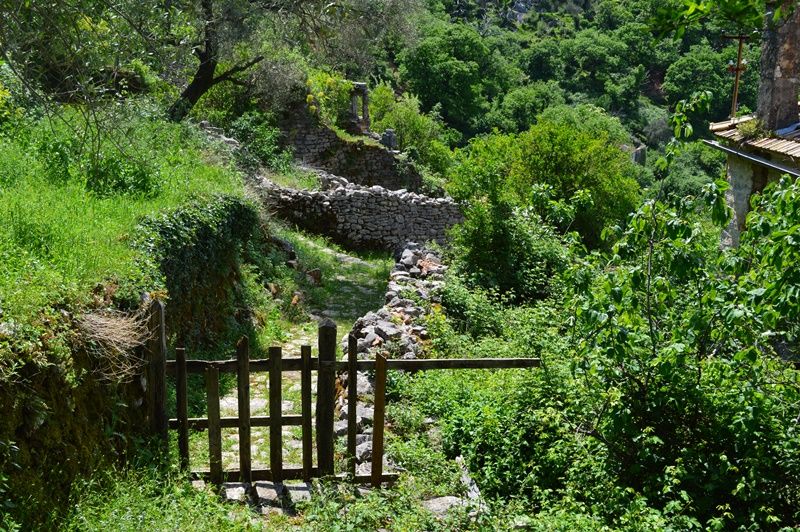
The first mention of Stoliv in the notaries books dates from the beginning of the 14th century, namely 1326. The document mentions Vinnea de Stalivo, vineyards of the Kotor notary Petar Vitin in this part of Boka. "There is also a stone artifact from that time, which was excavated in Stoliv on the former estate of Petar Vitin, which in the Latin language is bearing the inscription corresponding to the contents of the mentioned notary script. This stone is now one of the exhibits in the treasury on the island of Our Lady of the Rocks, while its replica can be seen in the Historical Archives at St. Tripun’s square in the Old Town of Kotor," explains Romeo Mihovic.”Of course, these are written evidence, but we have no reason to suspect that the settlement at the site of today's Gornji Stoliv existed much earlier, as well as numerous settlements on the slopes of Vrmac. This could certainly be proved by more detailed research, especially the excavation of old buildings, over which later architectural layers were built. It is known that Vrmac was still inhabited in the old age, at the time of Acruvium, which was the name for the settlement which is assumed to have been at the site of Kotor. "
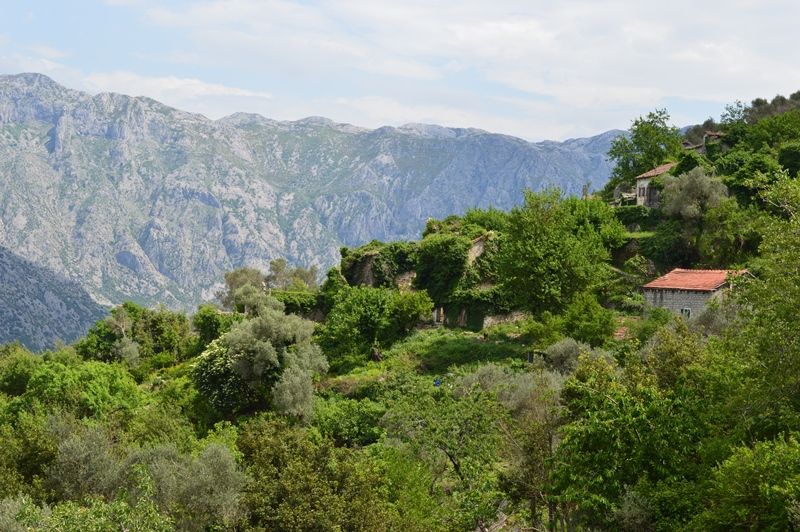
Gornji Stoliv is 250 meters above sea level. In the village dominates the parish church of St. Elijah, the saint whose name is celebrated by all the inhabitants of Stoliv. The parish church, which cannot be said with certainty when it was built, was restored in 1553 and is one of the nine sacral objects in Stoliv. The bell tower of one of the most beautiful churches in Boka was built in 1833.
The church dominating the village by the sea is dedicated to the Name of Mary, and its construction began in 1774 in the period of the most significant upsurge of the Bokelian maritime.
"Those who started to marinate and accumulate some capital could begin building a resort by the sea that still fascinates by the harmony and beauty of construction. Over the last decades, especially after the earthquake in 1979, many of these buildings have forever disappeared, but Stoliv also today, as well as other stone settlements along the Bokelian Coast, fascinates by its harmony and beauty," proudly marks Romeo Mihović.
A particularly significant sacral building in Stoliv is the church of St Basil, which Stoliv's people are particularly proud of because it is a worthy testimony to the ever-harmonious coexistence of the East and the West in Boka Bay. The church is painted with fresco paintings, characteristic of Eastern Christianity, while the inscriptions on its walls are written with a Latin letter. "This is a great symbiosis of Eastern and Western cultures, Catholics and Orthodoxy, which have always been permeated in this area, and in which the Bokelians have always been particularly proud," explains Romeo.
Captains from Stoliv, as well as the mariners from the other parts of Boka, were happy to finance the construction of sacred and monumental buildings of importance to the community. When talking about Stoliv, one of the most important donors was Captain Gaspar Ivanovic, who was the keeper of the reconstruction of the parish church of St. Elijah, but also the construction of a stone road that connects Gornji Stoliv and the village on the coast. This exceptional architectural artwork, built in traditional dry stone construction, today fascinates with its harmony and durability, despite the tooth of the time and the fact that the Montenegrin Cultural Heritage Management Board is presenting more harm than the protection of the cultural heritage of Boka Bay.
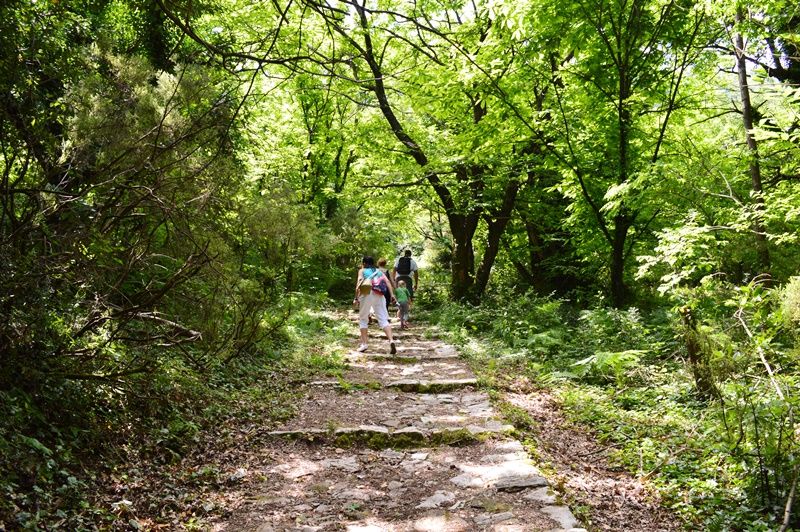
"As well as charities from other parts of Boka, Stoliv’ s benefactors have invested primarily from love to their place. They spent in those facilities they believed would help develop their area. They must have thought that generations who come would price their works. Unfortunately, this is not the case today. With current planning documents, one part of the way to Gornji Stoliv could be undone for the construction of the vehicle road. We strive in society to prevent such plans from being realized; we hope to protect this road as an individual monument of culture, though its protection should be understood as it is located in the protected Natural and Cultural Historical Area of Kotor, which enjoys UNESCO protection. We hope that the creators of a plan will have more sense for the valuable cultural heritage of our region," says Romeo Mihović.
The road from the settlement along the coast to Gornji Stoliv leads through the centuries-old chestnut plantation, which once before the construction of a coastal resort, had been planted to the sea. Chestnut is today, along with the flower of the camellias, the trademark of Stoliv, a motif for organizing the traditional festivals. Kostanjada is dedicated to Kostanj, what is Bokelian word for chestnut.
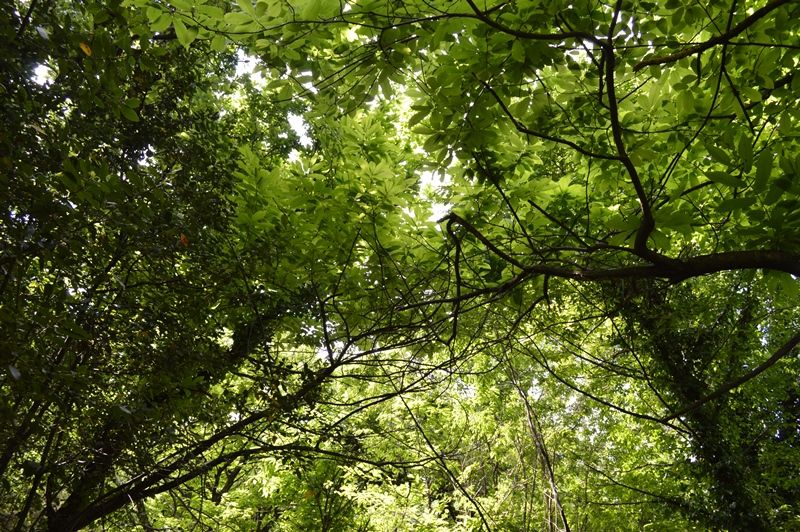
For the last 30 years, Stoliv has been given a great place on the tourist and cultural map of Boka and Montenegro thanks to chestnut and camellia. When talking about chestnut, the reason is the fact that one of the biggest chestnut plantations on the Adriatic Sea coast is in Stoliv.
"In the notaries of the Kotor’s archives, we find a document dating back to 1332, in which it is said that Kotor's herds in the area of Stoliv had their serves that collected the fruits of chestnuts, winemakers, and olive growers. This is a confirmation that there were chestnut plants here at the beginning of the 14th century. We know from history that Romans are responsible for spreading chestnut culture from Asia Minor to the entire Mediterranean and all the way to Northern Europe. Today we find chestnut plantations just in the area once occupied by the Roman Empire. Chestnut is extremely adaptable to the various climatic conditions. It gives quality wood, and its fruits have high nutritional value for use in human nutrition, as well as for the feeding of domestic animals. Generally speaking, this is a useful culture, especially in turbulent times of war and hunger. So it is not excluded that the Romans already planted chestnuts in these areas."
The chestnut plantation, which today boasts of Stoliv, was planted with the arrival of the Venetian Republic. "It does not seem to be a forest, but a planned plantation. The botanists have recently stated that the oldest trees on this plantation are over 400 years old," explains Mihovic.
Chestnuts from Stoliv were favorite goods at the famous Kotor’s bazaar, and old Bokelians used it for various purposes. Romeo learned from his ancestors that chestnuts were also used as a sweetener, "to soften the bitterness of coffee because there was no sugar."
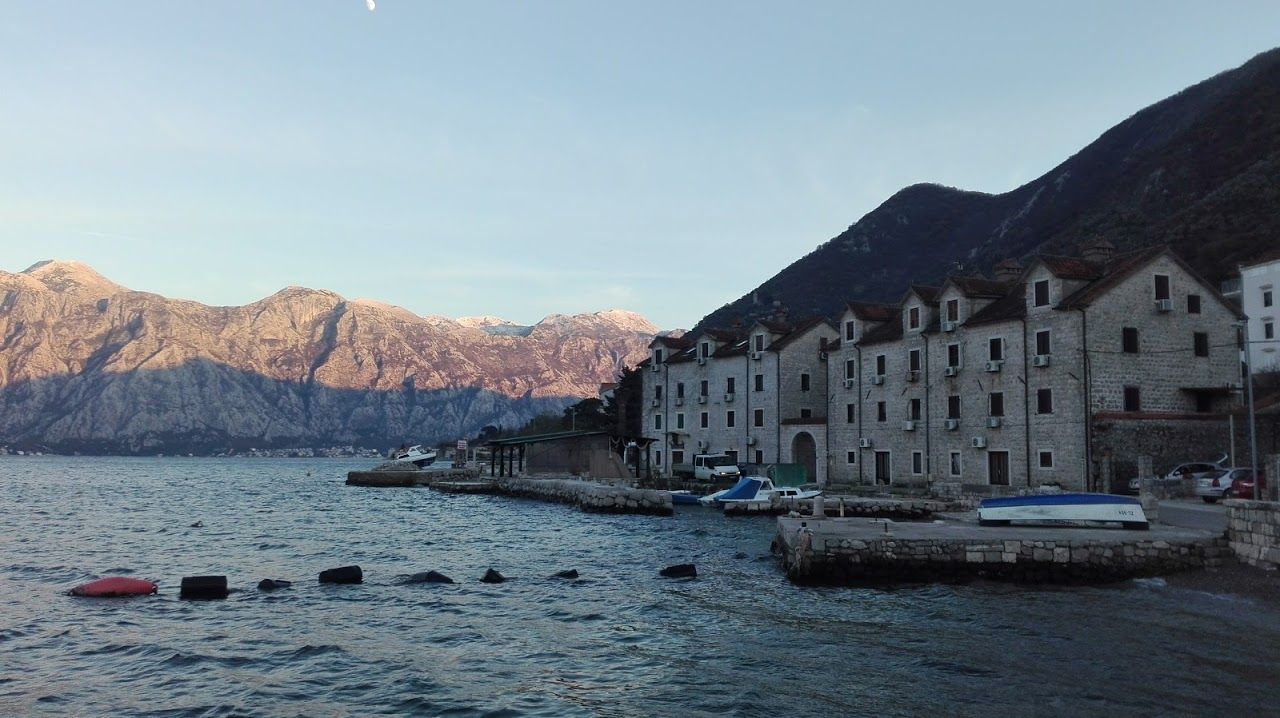 NGO Kamelija Stoliv has organized the traditional event of Kostanjada since 2006. The party feast is always at the end of October or early November, on the occasion of All Saints. Namely, Stoliv had an unwritten law for collecting chestnuts - until 1 November no one was allowed to enter another person's property to gather chestnut fruit. After that date, no one was defending; the goal was to collect as much fruit as possible, to save it from decay. Reminding of this beautiful custom, the NGO Kamelija organizes a tasting of sweet and salty chestnut dishes, a suitable cultural and artistic program, as well as art colony on the chestnut theme, as well as a walk through the centuries-old plantation to Gornji Stoliv.
NGO Kamelija Stoliv has organized the traditional event of Kostanjada since 2006. The party feast is always at the end of October or early November, on the occasion of All Saints. Namely, Stoliv had an unwritten law for collecting chestnuts - until 1 November no one was allowed to enter another person's property to gather chestnut fruit. After that date, no one was defending; the goal was to collect as much fruit as possible, to save it from decay. Reminding of this beautiful custom, the NGO Kamelija organizes a tasting of sweet and salty chestnut dishes, a suitable cultural and artistic program, as well as art colony on the chestnut theme, as well as a walk through the centuries-old plantation to Gornji Stoliv.NGO Kamelija under that name exists since 2002 and the adoption of the NGO Act. However, it is a local association of inhabitants of Stoliv, which has been operating since 1919, when it was founded under the name Guslar. "Although the gusle musical instrument is primarily linked to Montenegro, the fact is that this instrument is characteristic for the entire Dinaridi area," says Romeo. After the Second World War, the Society carried the name after Niko Bilafer, a young revolutionary from Strp, who gave his life to the freedom of his country. Today, his name takes a Culture House in Stoliv, and in a society that continues to nurture an anti-fascist tradition, they decided to give the organization a more modern name.
Camellia name is not chosen by chance - it is a horticultural species that arrived from the Far East to Boka Bay thanks to the sailors from Stoliv in the early 18th century. Today, this flower decorates all courtyards in Stoliv. NGO Kamelija organizes the party dedicated to this flower- Festival of Camellia since 1995. A part of the event, which takes place last weekend in March or the first weekend in April, is also a race in rowing with wooden boats, wearing the symbolic name Camellia Trophy. As Romeo says, every resemblance to the famous race Camel Trophy is intentional.
"With this segment of our festival, we want to draw attention to an important segment of the cultural heritage of Boka Bay, which is a wooden boat, once of life importance for residents of this area. Unfortunately, on the banks of Boka Bay is less and less wooden boats, so in this way, we try to make it popular and influence that the state recognizes this part of the Bokelian heritage, "says Romeo.
The first Festival of Camellia was an exhibition of floral arrangements of the camellia flower on the initiative of Prof. Dr. Vesna Lipovac Radulović in 1995. Today, it is a multimedia event, whose segments are held throughout Boka but also in other Montenegrin cities.
The Central Fiesta of the festival is always on the shore of Stoliv. The program begins with a play - the boat is coming to the coast, in Stoliv is returning a sailor who is received by the faithful dear and children. He brings a saddle of camellia, which was unknown to this day in our area. This part of the program always attracts a lot of interest of media and tourists, enjoying the play as well as this beautiful story.
The following is a cultural and artistic program, an exhibition of camellia flower arrangements, displays of artwork and presentation of the written works inspired by the camellia flower, the competition of the most beautiful yard with camellias. NGO Kamelija also organizes excursions to Vrmac and Gornji Stoliv as well as the unavoidable gastronomic part of the event - the traditional Mušuljada- preparation of mussels for all the locals and guests.
“In the spring, on the Festival of Camellia, we expect returnee visits from our friends from Opatija, whose floral symbol is camellias. Friends from Germany and Italy are also coming back to our Festival," proudly points out Romeo Mihović, president of NGO Kamelija Stoliv.
The year to come us is significant for the society of Stoliv, because they will celebrate the great jubilee- hundred years since the founding of the company Guslar, from which origins today's NGO Kamelija Stoliv.








